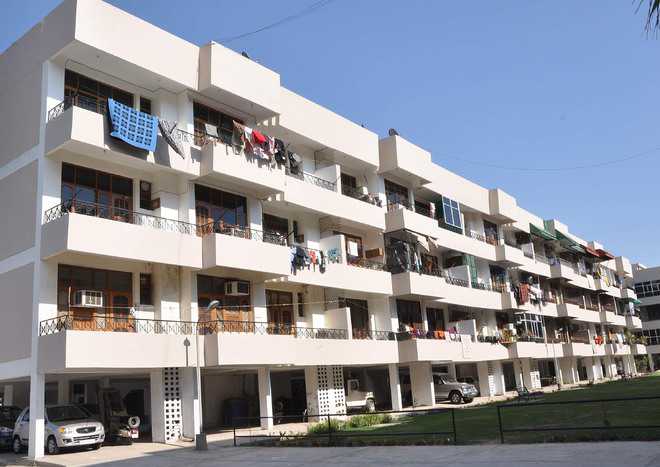India is charting a glorious path of urbanization. Keen on shedding its “developing” tag and become a dominant economic force within the next couple of decades, India is unleashing investment and growth on a scale never heard before.
If figures are to be believed, India will account for a fifth of the global growth in urban population in 2050. The country will require $4.5 trillion infrastructure investment by 2040, according to the Indian Economic Survey 2017-18. Much of the infrastructure investment needs to be focused on urban cities as by 2030, 40% of the population will reside in cities.
With India moving towards a $5 trillion economy, the exodus of people from rural to urban cities has risen exponentially. Every minute, nearly 25-30 people are leaving their homes in rural areas in search of better jobs and living opportunities.
This urban influx has triggered a requirement of 700-900 million square meters of residential and commercial space that needs to be built every year from now till 2030 to accommodate the swelling urban population.
The relaxation of foreign direct investment norms by the Indian government has attracted MNCs and Fortune 500 companies in droves to set up their bases in India and make use of cheap labour & outstanding talent in the country. This gateway of opportunities has amplified the rural brain drain who are keen to express their talent, establish a sound and respectable career and live the good life.
With rural employment entering saturation point due to a dearth of new investments, the young workforce has no option but to shift to cities with high-income opportunities galore and better work productivity. Aspirational and ambitious rural millennials fed with digital content are trying to imagine themselves with the city folk and want to swing with the glitz and glamour of city life.
However, this uncontrolled internal migration towards India’s growth engines like Delhi NCR, Bangalore, Mumbai, Hyderabad and many others have left them reeling under overpopulation, poor urban infrastructure and lack of affordable housing opportunities. This has led millions of millennials and families to live in cramped, poorly constructed houses, lacking even basic amenities including sanitation, clean water, sewage management and electricity.
An estimated 500 million people live in slums and this is the predominant housing topology in major cities of India. Along with the material conditions of poverty housing, the lack of security of tenure and constant threat of eviction has thrown a spanner to the dream of good city life for millions of migrants.
These slum dwellers without rights to the benefits of city life have their contribution to the economic prosperity of the cities going unrecognized. Though their contribution to the economy plays a key role in the transformation of the cityscape, these families feel insecure to invest in quality homes owing to the uncertainty the government has put them in.
If these informal settlements are taken care of and improved into well-developed sustainable communities so that they can integrate seamlessly with city life, then their contributions will get recognized; these residents will become citizens, registered taxpayers and voters and will be able to participate in the city’s social and environmental changes. This will help create healthy and cohesive cities.
This planned, sustainable urbanization will only be solved through affordable housing opportunities. Reasonable, affordable housing is beneficial to the overall health and well-being of the people, smooth functioning of the economy and unbridled progress of the nation.
In India, affordability in housing depends on three factors-monthly household income, size of house and affordability of the home buyer. Since a home consists of the biggest investment in the lifetime of a consumer, hurdles like proper connectivity, lack of financial literacy and cost of ownership of property come as a cropper to realize their housing dreams.
Lack of affordable land options pushes the development of affordable housing to peri-urban areas that lack mass rapid transit systems. Also, without proper documentation, many LIG & EWS housing aspirants fail to prove their creditworthiness and get rejected while availing proper housing finance. Add to that the series of taxes and levies like VAT, stamp duty, service tax that inflate the cost of owning an affordable home.
However, the great Indian dream of owning an affordable home looks inevitable with the announcement of three flagship missions-Pradhan Mantri Awas Yojana (PMAY), Smart Cities Mission and Atal Mission for Rejuvenation and Urban Transformation (AMRUT). Also, redefining LIC/EWS categories, provision of housing interest benefits and incentives to private housing players are fuelling the required impetus to realize the housing dream.
Backed by the strong mandate of the Central Government, the real estate sector is also playing a decisive role in bridging the current deficit of affordable housing by launching affordable homes in metro cities. Real estate developers are coalescing with the government to fast-track this effort with the latter providing single-window and time-bound clearances and redrafting local development bylaws.
Planned and sustainable urbanization can only be realized when there is an ecosystem in place to facilitate that that will meet the needs of the present urban poor and future urban migrant population. A basic necessity like housing will become affordable only when there is a synergistic approach by all stakeholders concerned who move on with one goal-Quality Housing for All.





